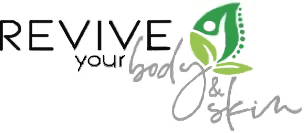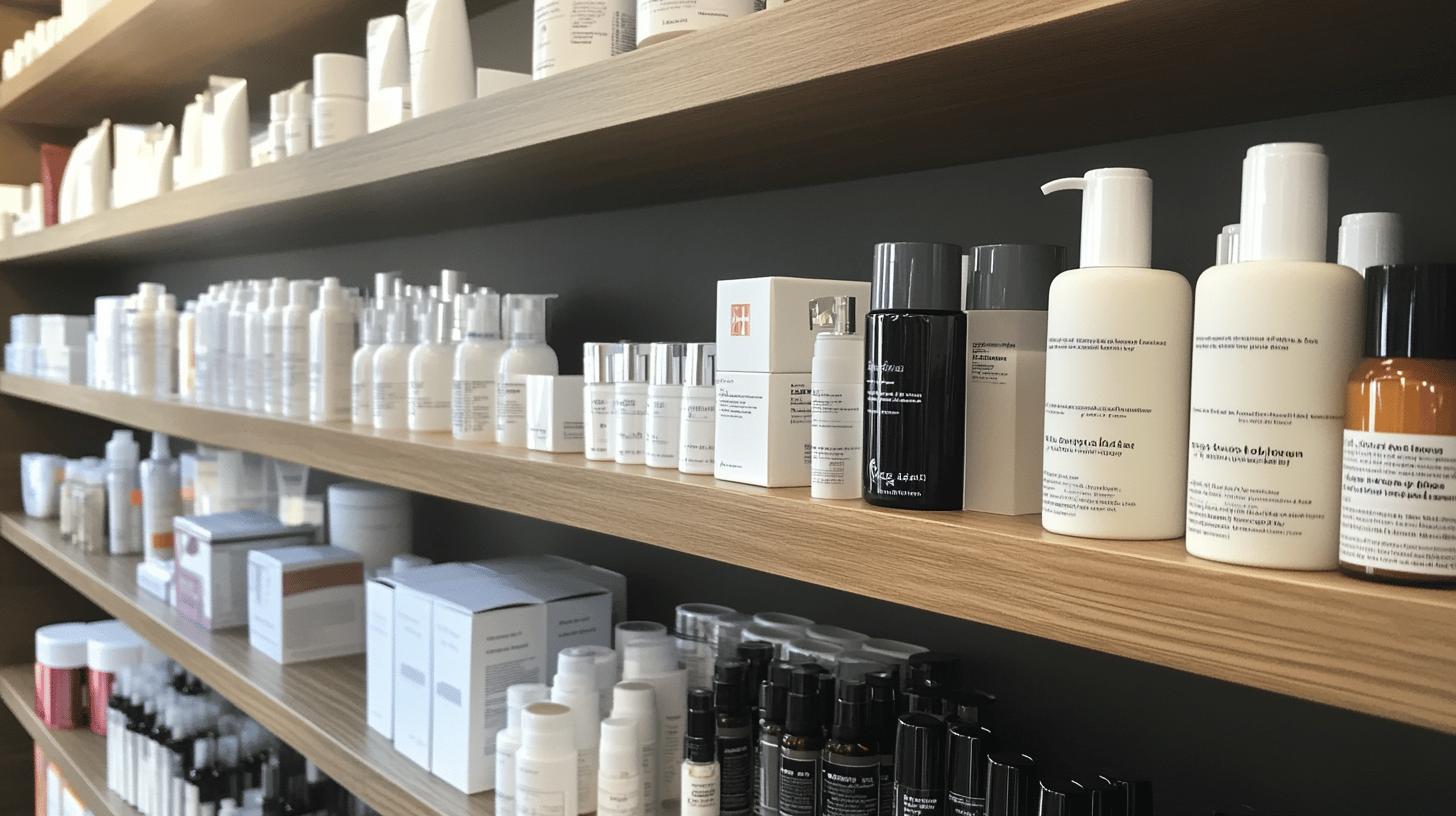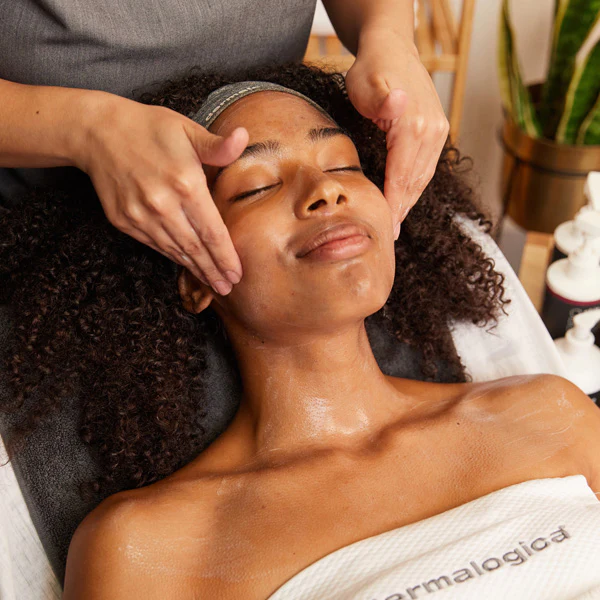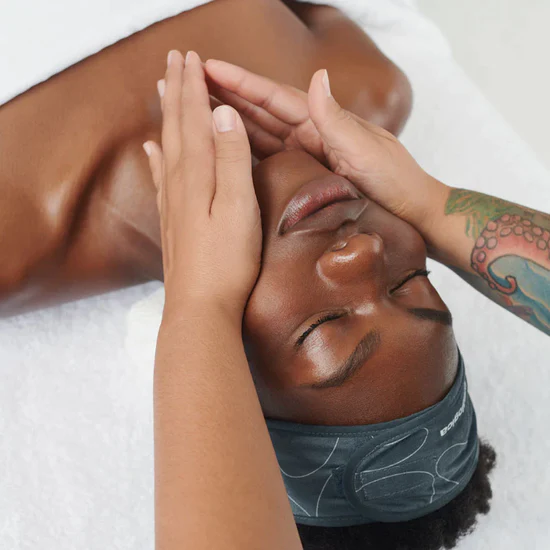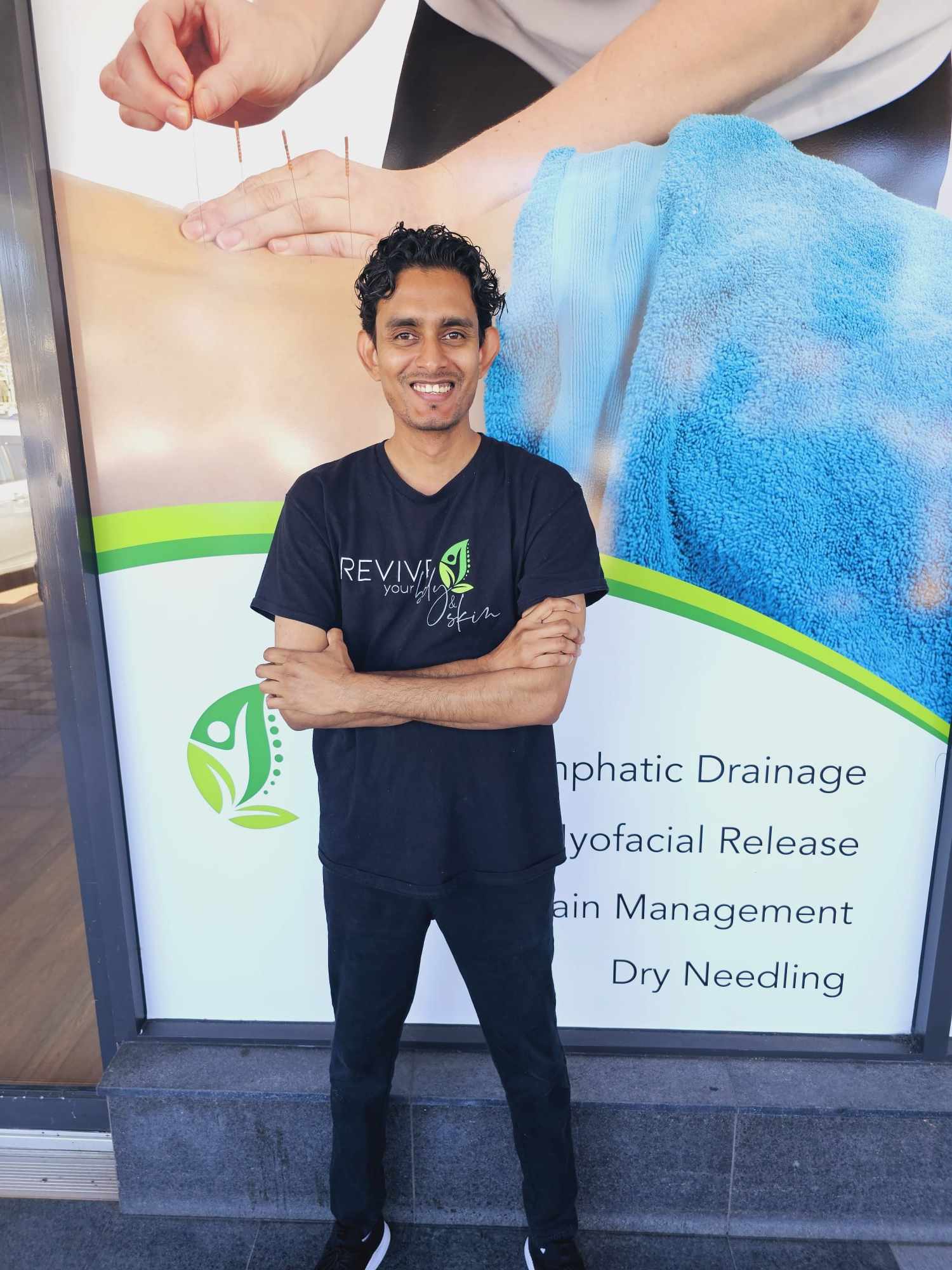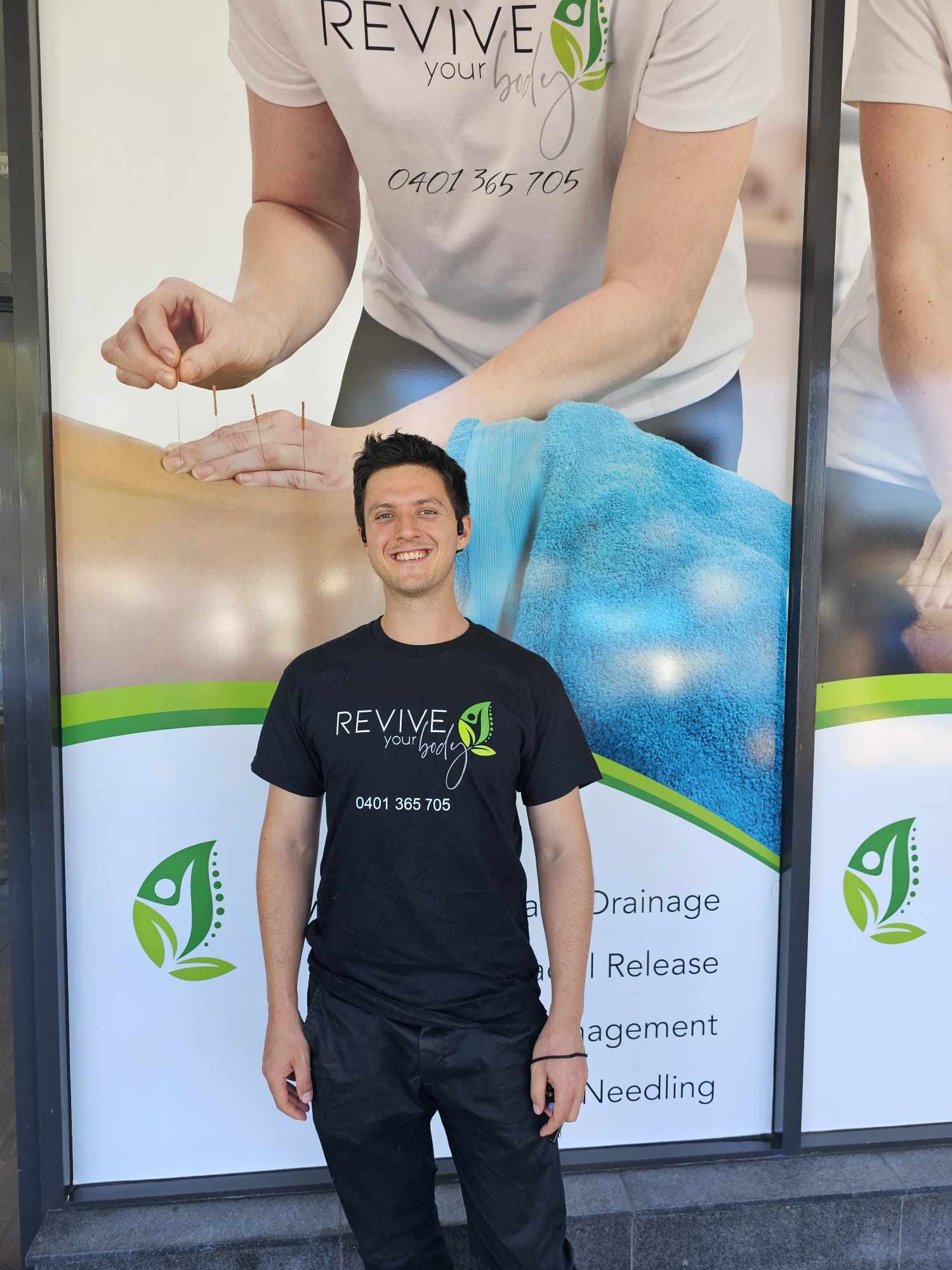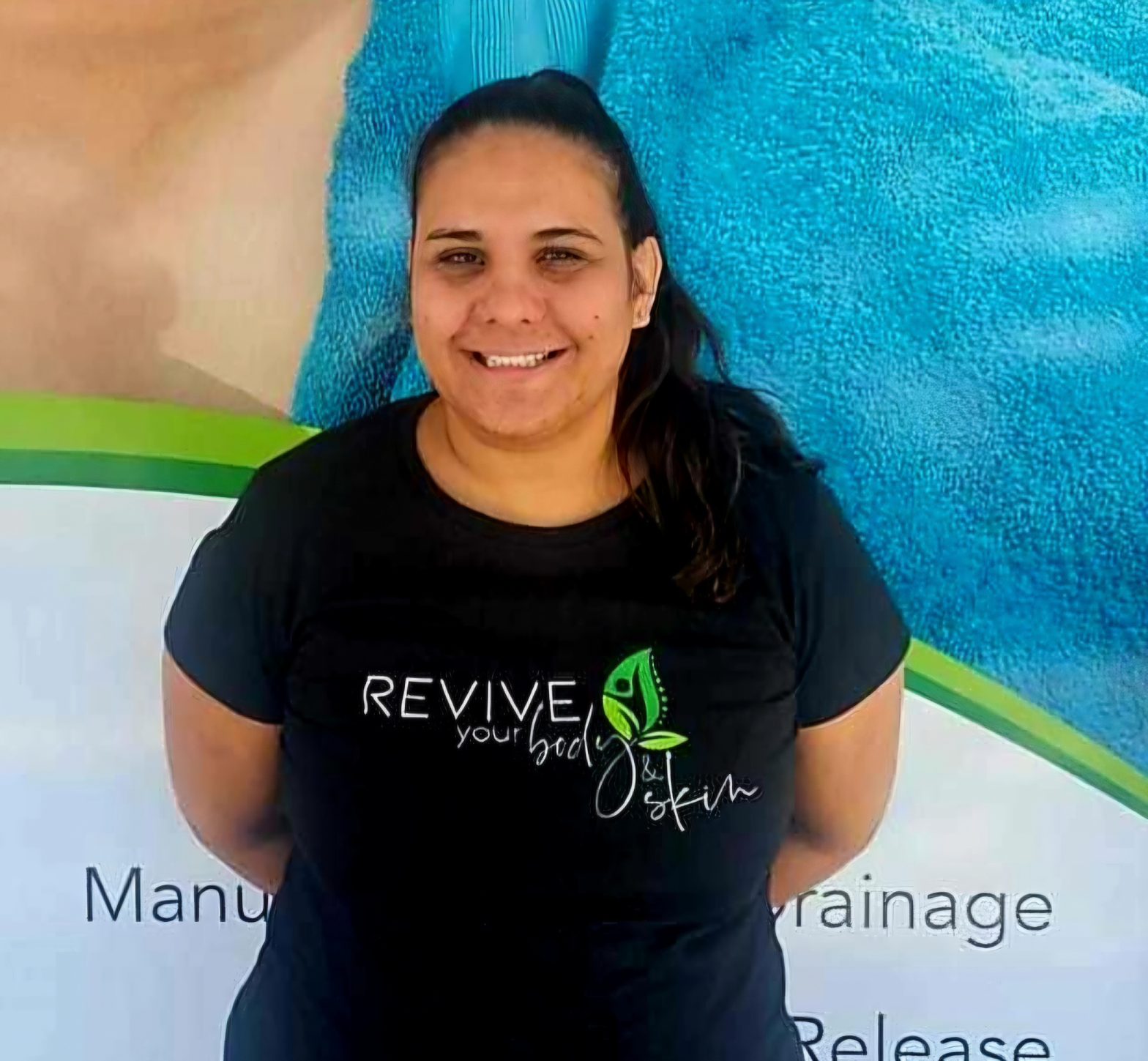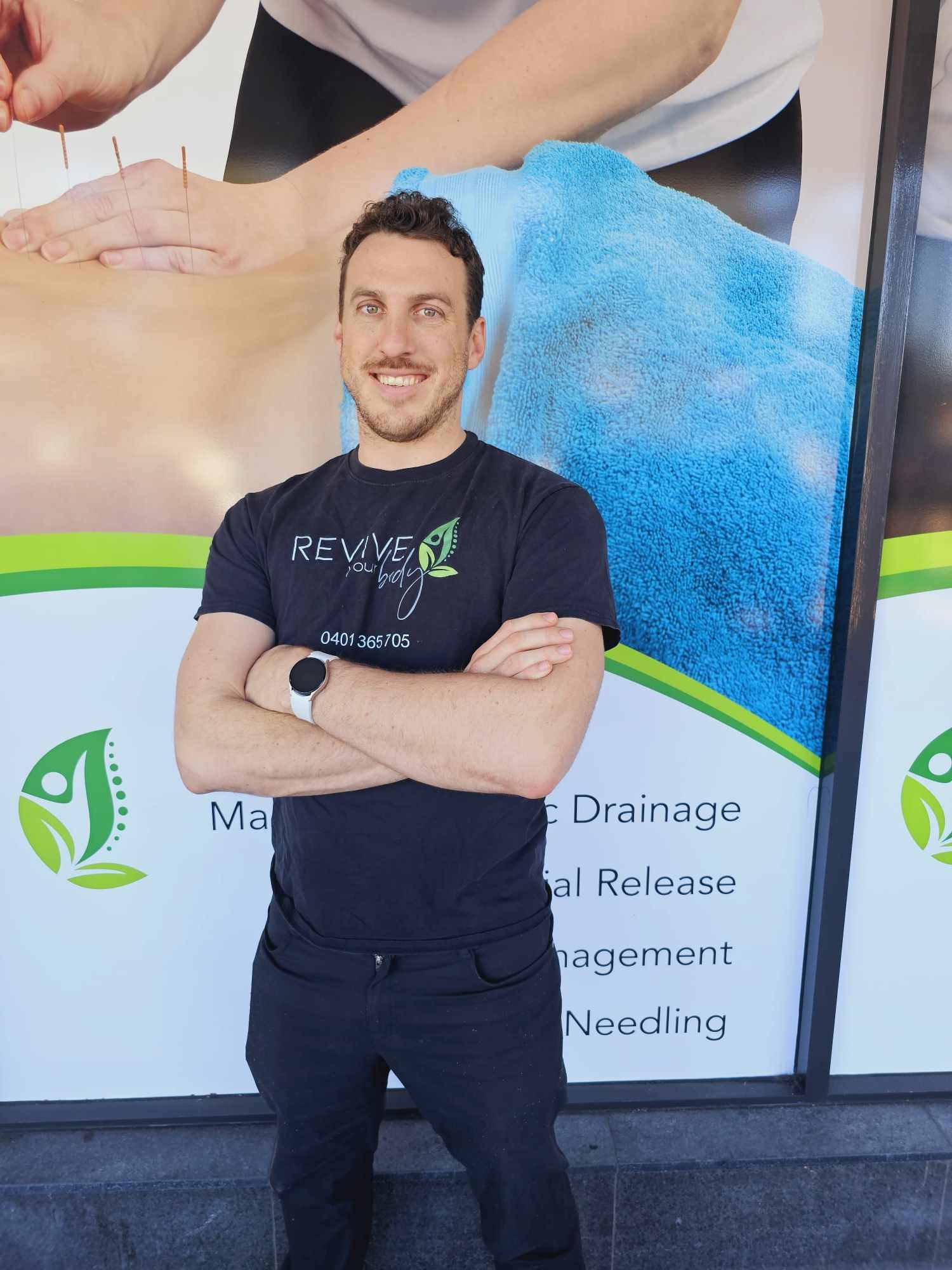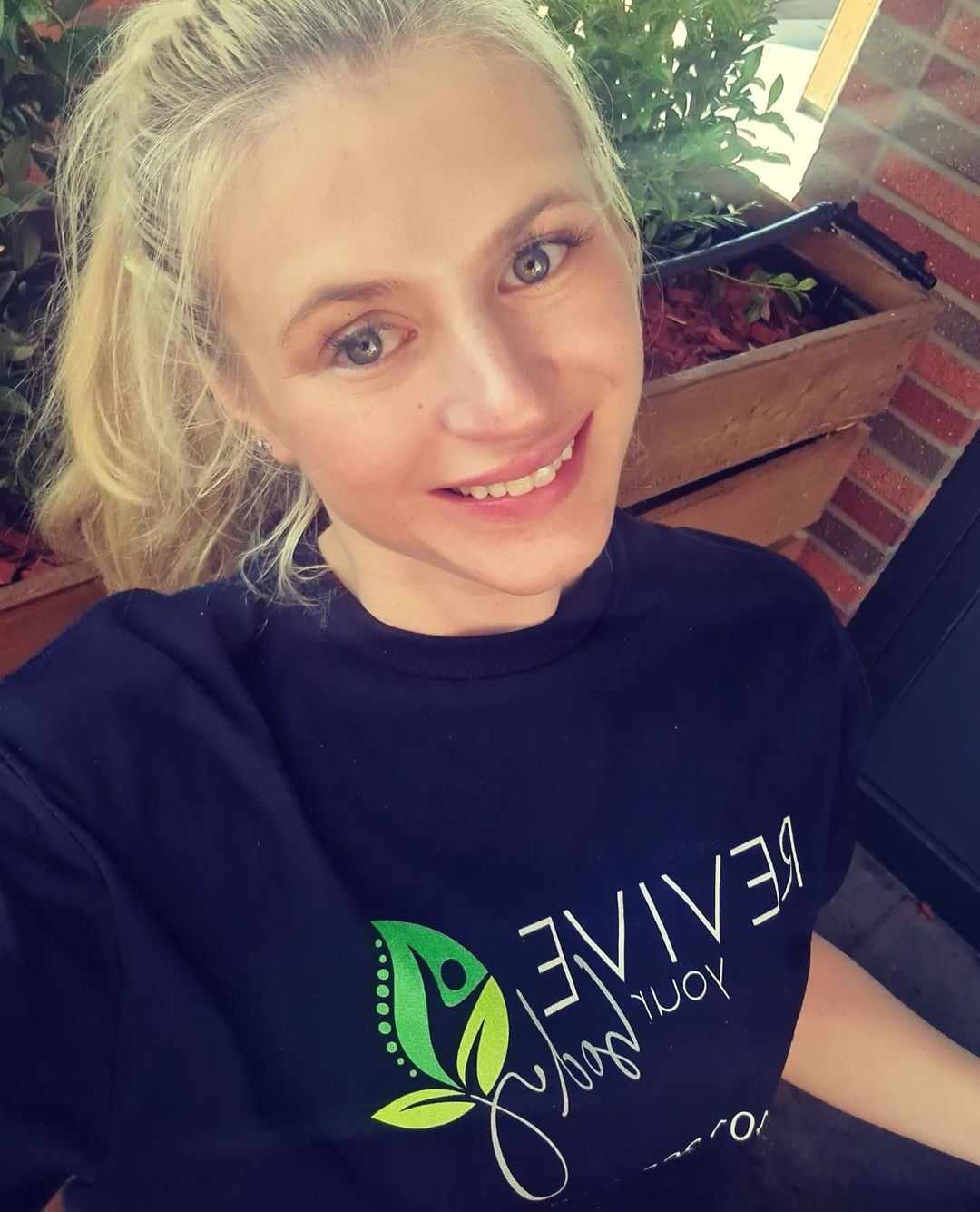Understanding Types of Acne Scars and Their Impact
Acne scars form due to inflammation and damage that occur during acne breakouts, particularly with severe cases like cystic and nodular acne. These scars are not only physical reminders but can also affect one’s self-esteem and confidence. Recognizing the type of scar is crucial as it influences the treatment approach.
Common types of acne scars include:
1. Ice pick scars: Deep, narrow scars that resemble puncture marks.
2. Rolling scars: Broad depressions with a wavy texture.
3. Boxcar scars: Broad, rectangular depressions with well-defined edges.
4. Keloid scars: Raised and thickened scars that can grow beyond the original wound.
5. Hypertrophic scars: Raised scars that remain within the border of the acne wound.
Identifying the specific type of scar is vital for selecting the most suitable treatment. Understanding these variations helps in tailoring an effective treatment plan to improve skin texture and appearance.
Professional Acne Scar Treatments: From Lasers to Needling
Professional treatments offer various effective solutions for acne scars. Laser therapies, such as fractional and ablative laser treatments, are highly effective, targeting skin layers to rejuvenate and promote smoother skin. Each laser type offers unique benefits and addresses different levels of scarring.
Microneedling, including RF microneedling, involves using fine needles to make small injuries in the skin, prompting natural healing processes and boosting collagen production. This method is effective for improving skin texture over time.
|Treatment Type |Benefits |
|——————|—————————————|
|Laser Treatments |Targets scars, stimulates new skin |
|Microneedling |Promotes collagen, improves texture |
|TCA CROSS |Targets specific ice pick scars |
|Subcision |Breaks up fibrous tissue, smooths skin |
It’s essential to consult professionals who can assess individual scar types and recommend the most appropriate treatment, ensuring tailored and effective results.
Topical Acne Scar Treatments: Creams and Serums
Topical products provide a non-invasive option for managing acne scars. These treatments aim to gradually improve the skin’s texture and color through consistent application. Creams and serums offer a convenient way to target scars over time.
Effective ingredients include:
1. Retinoids: Stimulate cell turnover and reduce scars.
2. Silicone gels: Flatten and soften raised scars.
3. Vitamin C: Brightens and improves skin texture.
4. Tranexamic acid: Reduces discoloration.
5. Hydroquinone: Lightens hyperpigmented areas.
Integrating these topical treatments into daily skincare routines can lead to steady improvements in scar appearance, offering a complementary or standalone solution alongside other treatments.
Home Remedies and Natural Treatments for Acne Scars
Many individuals lean towards home remedies and natural treatments for treating acne scars, drawn by their affordability and accessibility. However, their effectiveness tends to be limited compared to professional treatments, often only addressing mild discoloration or surface scars.
Popular home remedy ingredients include:
1. Aloe vera: Moisturizes and soothes skin.
2. Honey: Known for its healing properties.
3. Lemon juice: Offers natural bleaching, reducing pigmentation.
4. Apple cider vinegar: Exfoliates and tones skin.
5. Baking soda: Gently exfoliates and smooths skin.
While these natural treatments can support minor improvements, they are generally not substitutes for professional alternatives and are best for individuals with mild scarring.
Factors Influencing Treatment Choice for Acne Scars
Selecting the right treatment for acne scars requires a comprehensive understanding of various influencing factors. Personalization of treatment ensures the best outcomes while considering individual conditions and preferences.
Factors to consider include:
1. Scar type: Different treatments target specific scar types.
2. Skin type: Determines treatment suitability and effectiveness.
3. Budget: Influences the choice based on costs involved.
4. Downtime: Considers recovery period associated with treatments.
5. Professional advice: Critical for safe and effective treatment.
Dermatologists play an essential role in guiding decisions, offering expert insight to balance treatment efficacy with safety, ultimately achieving the desired results for each unique case.
Costs and Expected Results of Acne Scar Treatments
The financial investment in professional acne scar treatments can vary considerably, demanding careful consideration. Treatments like laser therapy, chemical peels, and microneedling present different pricing structures and outcomes.
|Treatment |Cost Range |
|——————|——————|
|Laser |$200 – $3,400 |
|Chemical Peels |$150 – $3,000 |
|Microneedling |$100 – $700 |
Expectations should be set towards significant improvements rather than complete removal, with a likelihood of achieving around 50% scar reduction over multiple sessions. Understanding these elements helps individuals make informed decisions about committing to a treatment plan for the best feasible results.
